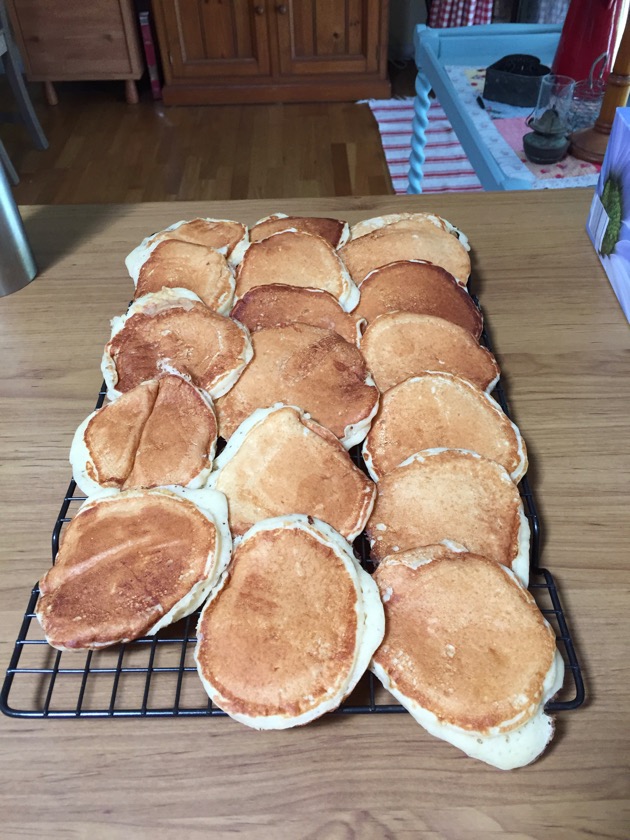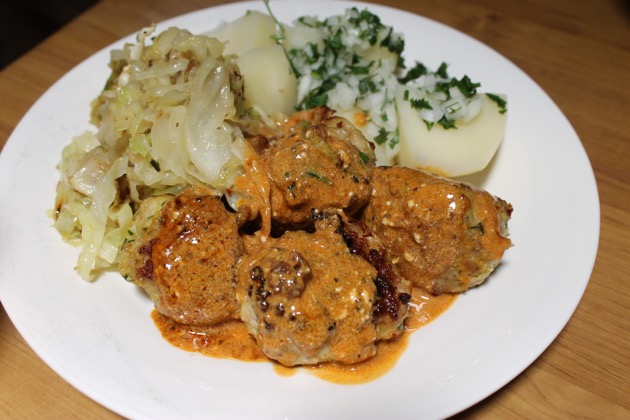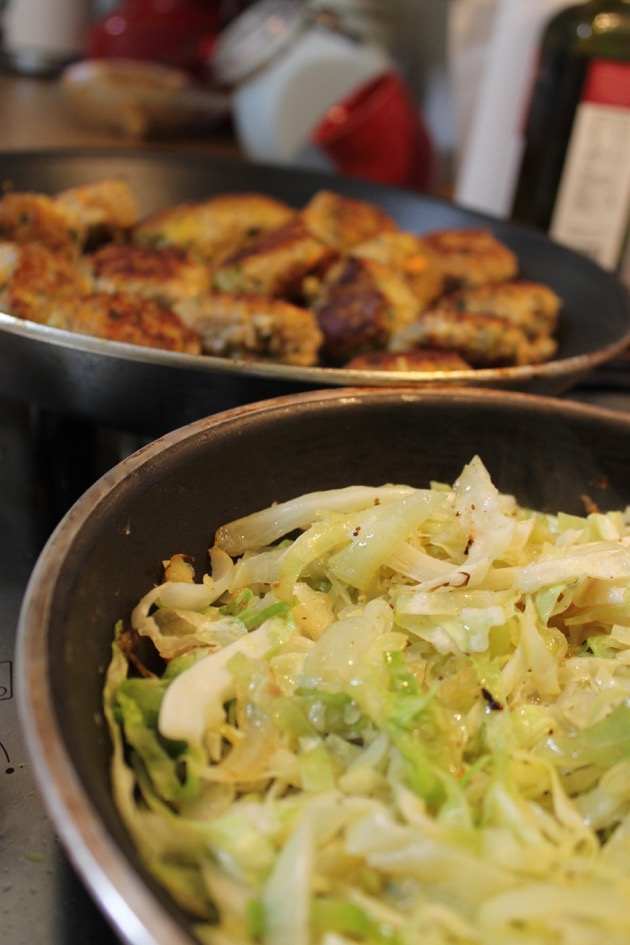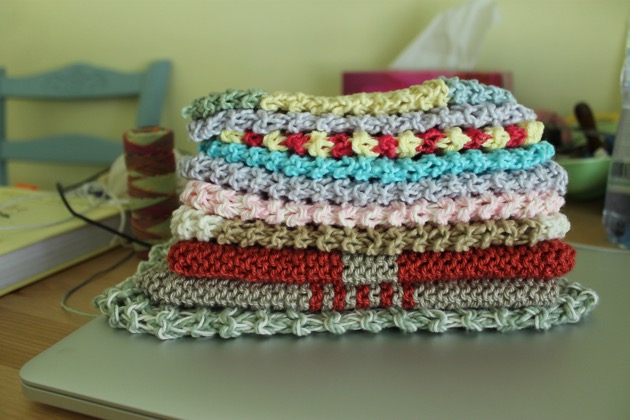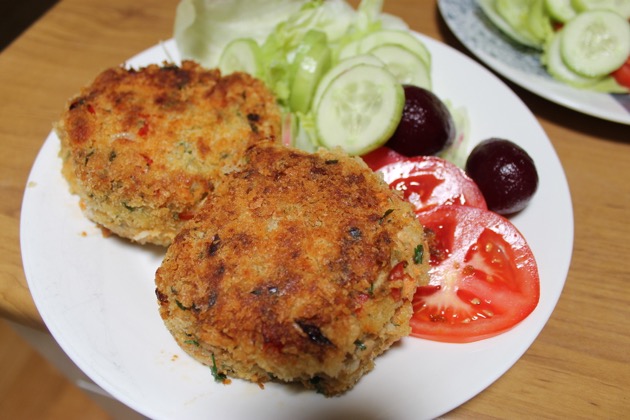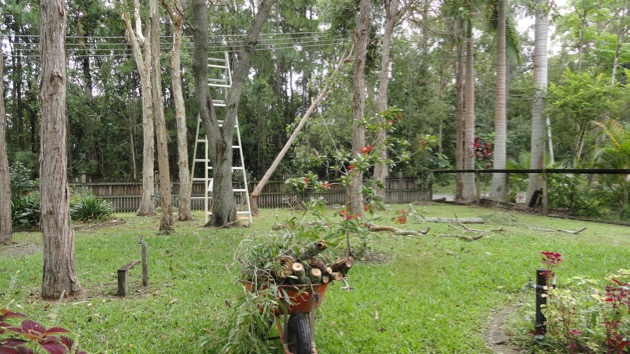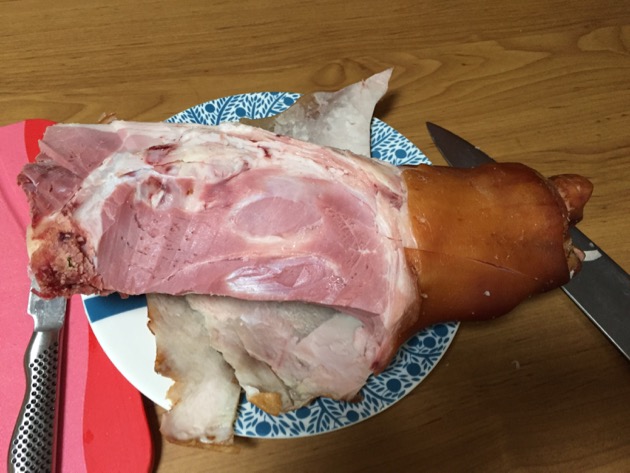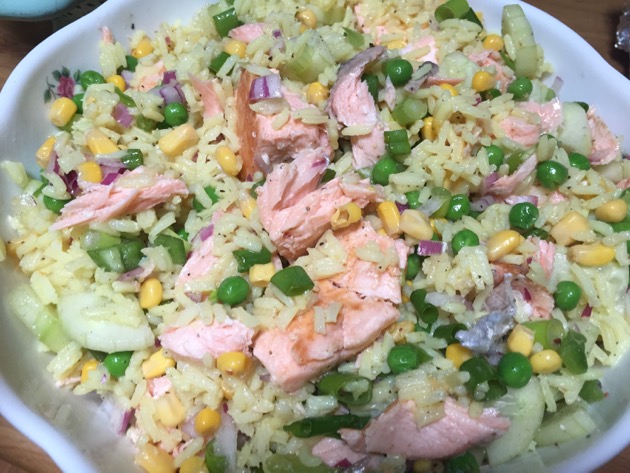I grow a few food plants in the bush house over summer, in particular, oregano and mint, and they thrive in the partial shade. In late December the oregano starts overflowing out of the containers and long tendrils of oregano hang down inviting me to do something with them. I much prefer using fresh ingredients when I cook. I only freeze or dry what will be wasted if I don't save them. However, oregano and mint are two herbs that take on a different flavour when they've been dried. When they start growing abundantly in summer, that is the time to get the garden scissors out and start snipping so I can use them fresh and dried in my cooking. It helps if you have a black dog following you around while you cut. 😊 Dried oregano is a wonderful addition to Mediterranean food, especially sprinkled over pizza, but is also essential in homemade tomato sauce. Mint is best used fresh in drinks, sauces and desserts but dried it can be used to make mint tea or mint sauce or added to stews. Remember, dried herbs are much stronger in taste than they are when fresh so you won't use as much.
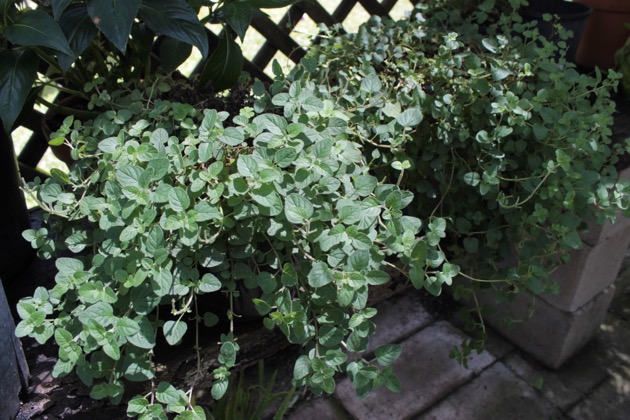
Three pots of oregano growing strongly.
This is the mint with a couple of snake trees growing alongside.
And ginger grown from a store-bought root is now growing well in three pots in the bush house. To the left of the ginger is a vanilla orchid vine and chilli seedlings
This was Gracie - with a sprinkling of oregano - after she followed me around in the bush house. I had to brush her down afterwards.
When the herbs are cut and in the kitchen, I gently wash them under the cold water tap, shake off the excess water and pat dry with a clean tea towel. Don't take the leaves off the stalks before drying, do that afterwards, it's much easier. Place a piece of parchment paper on an oven tray and arrange an even layer of herbs over the tray. Today I had enough for two trays.
You can dry herbs simply by tying them up and hanging them but during summer here the humidity is too high and bunched herbs go mouldy rather than dry out.


My oven operates in the temperature range of 30C to 270C so I turn on the oven to 70C and leave it for a few hours. The time depends on how mach foliage you have in the oven, it might take two to three hours. Keep the oven low and slow, you don't want to bake the leaves, you want to remove the moisture while keeping the flavour. If your oven doesn't operate on a low setting, put it on the lowest setting and keep the door slightly ajar with a wooden spoon. Check every so often and you'll see when they're dehydrated and ready to come out of the oven.
This is what it looks like when it's done. When stripping the stems, you want to keep only the leaves. The stems don't add much flavour to your food so throw them in the compost.
This is the part I love, I sit at the kitchen table with a cloth spread out and strip the leaves from the stalks. It's another one of those traditional tasks that connects me with all my great grandmas because I know this would have been something they would have done too. When the stripping is finished and the leaves are completely cold, place them into a clean jar and store in a dark cupboard. Make sure the leaves are absolutely dry because if they still have moisture in them, they will grow mould and you'll have to thrown them out.
I currently have rosemary, Italian and French thymes, bay leaves and basil in the garden but all those herbs lose their magnificent flavour profiles when dry. They're best left growing and used fresh. But if you have an excess of oregano or mint, grab your scissors and get a couple of jars of dried herbs in the cupboard to add that extra zing to your cooking.
Just one thing left to do. I want another couple of jars of these herbs in the cupboard to see me through the year so after cutting off the excess, I gave all the plants a good water then fed them with an organic fertiliser. That will promote rapid growth and I'll be out there again picking more oregano and mint in early February.

